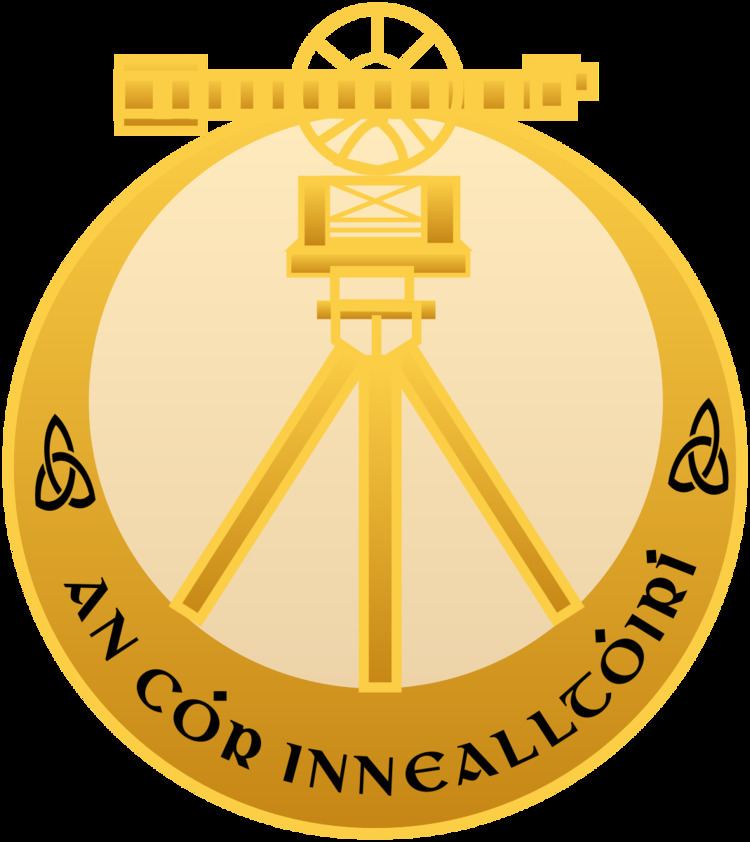Size Engineer battalion | ||
 | ||
Active 1 October 1924 – present Branch ArmyNaval ServiceAir Corps Role Camp construction, military bridging | ||
The Corps of Engineers (Irish: An Cór Innealtóirí) is the military engineering branch of the Defence Forces of Ireland. The Corps is responsible for combat engineering, construction engineering, and fire fighting services within the Defence Forces. The main role of the combat engineers is to provide engineering on the battlefield; the Corps has successfully leveraged its skill and expertise in several of the Irish Army's deployments in United Nations operations.
Contents
History
Following the establishment of the Irish Free State on 6 December 1922 General Routine Orders were issued which laid down the organisation of the first centralised Defence Forces. From an engineering point of view there were three particular problem areas to be overcome:-
To meet these requirements three (3) Corps were set up:
The Corps of Engineers was established and took over from these three Corps with effect from 1 October 1924. In 1931 Field Engineer Companies and the School of Military Engineering were added to the establishment.
Roles
The Corps has a wide variety of roles, covering conventional warfare, and training for the Defence Forces. With such a wide range of skills, the Engineer Corps provide a variety of support to the Army. This support includes anything from the provision of:
Missions
The Corps have seen active service in UNMIK), Somalia (UNOSOM II), Congo (ONUC), Lebanon (UNIFIL), Liberia (UNMIL) & Chad (EUFOR Tchad/RCA) - where the Engineer Corps was deployed to construct Camp Ciara in advance of a contingent of more than 500 troops.
Equipment
Corps of Engineers Units (2013)
Disbanded (Defence Forces Re-org 2012)
Future developments
As in all aspects of society, legislative changes and technological advances have required workforces to become more specialised and more highly skilled. The Irish Defence Forces is no exception - requiring specialist skilled engineers.
Compared with Defence Forces in other countries e.g. British and French Armies, the number of engineers in the Irish Defence Forces is low, 5.5% against 8.8% and 12.8% respectively.
